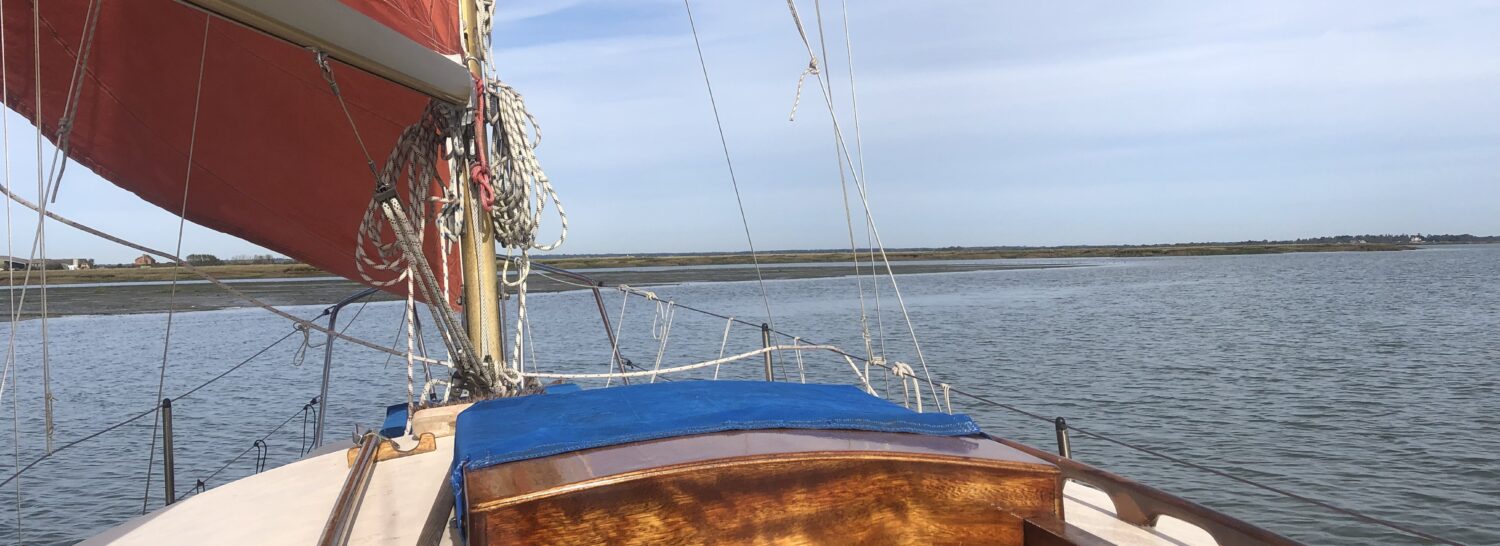During the summer we sailed into West Mersea a few times. One was over a weekend when there was a bit of a fair taking place on the carpark in front of the West Mersea Yacht Club – regatta end day, I think.
Apart from Christobel asking how she could become a fairy … the stall that caught my eye was emblazoned with the ‘word’ ENORI’ and being inquisitive, I walked over.
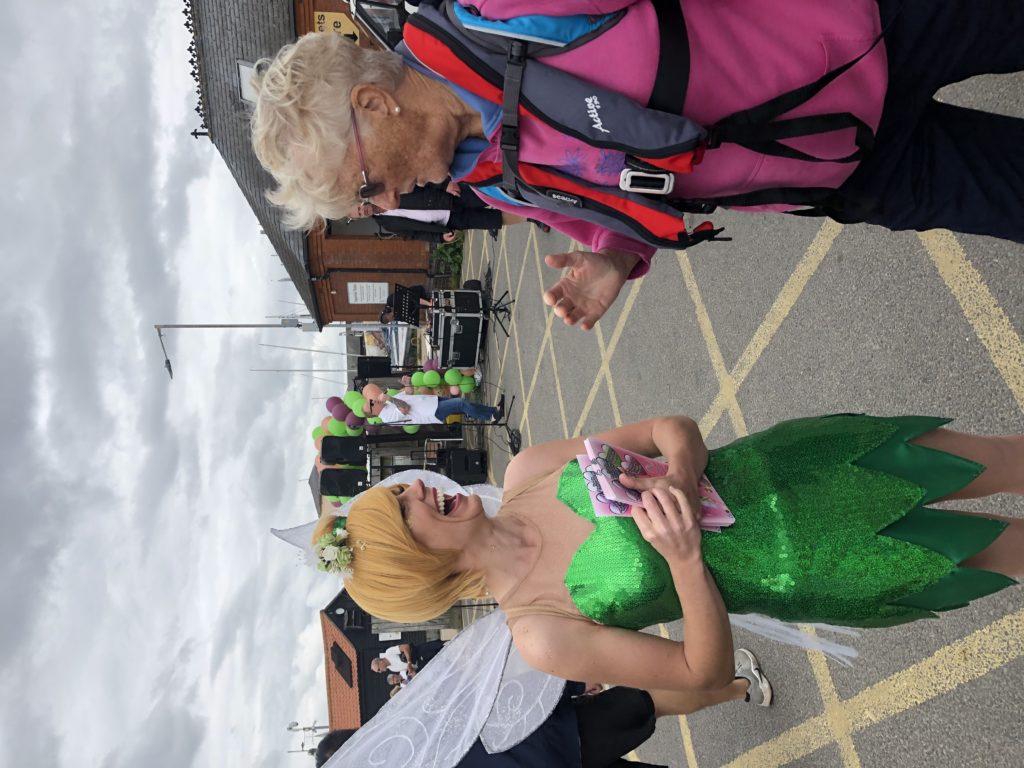
It turned out that the letters stand for, Essex Native Oyster Restoration Initiative. It is a collaboration between all stakeholders and others who are working towards the restoration of the traditional native oyster beds.
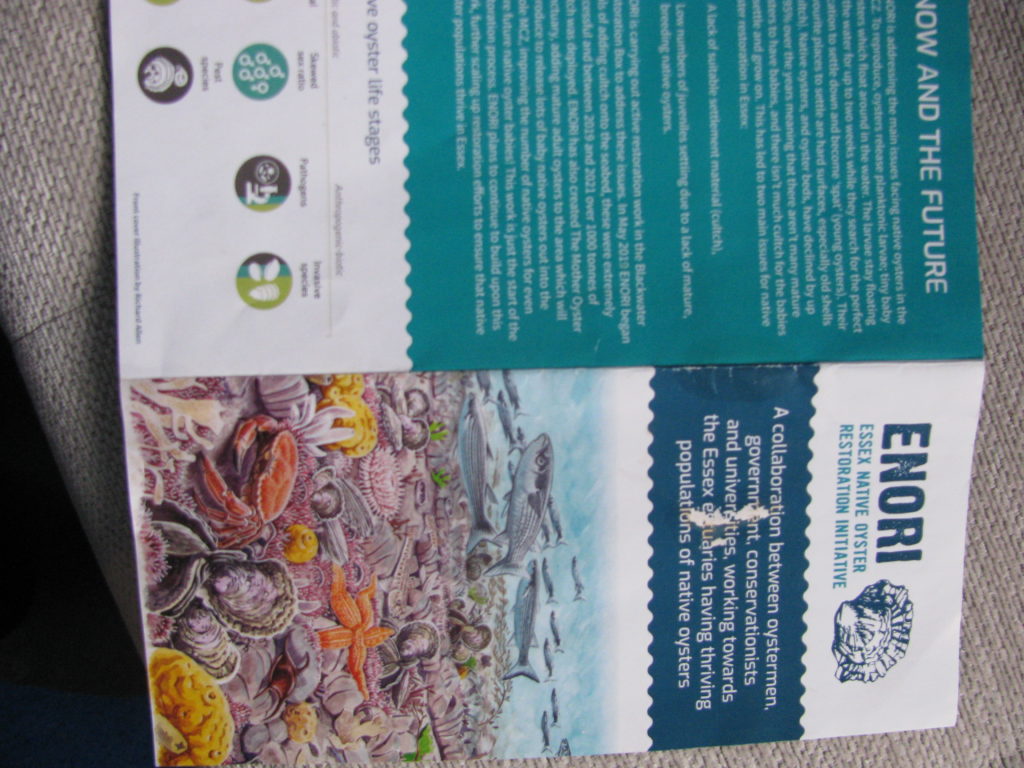
The native oyster does not thrive in the drying shallows but it lives in the shallower tidal waters fringing sand/mud banks and creeks.
The project has begun with a trial ‘patch’ of culch laid in part of a block which recently appeared in ‘our’ chart corrections. It is roughly in the pencilled area seen on the chart section above. It is surprisingly big, however, the section in use is relatively small as of August this year.
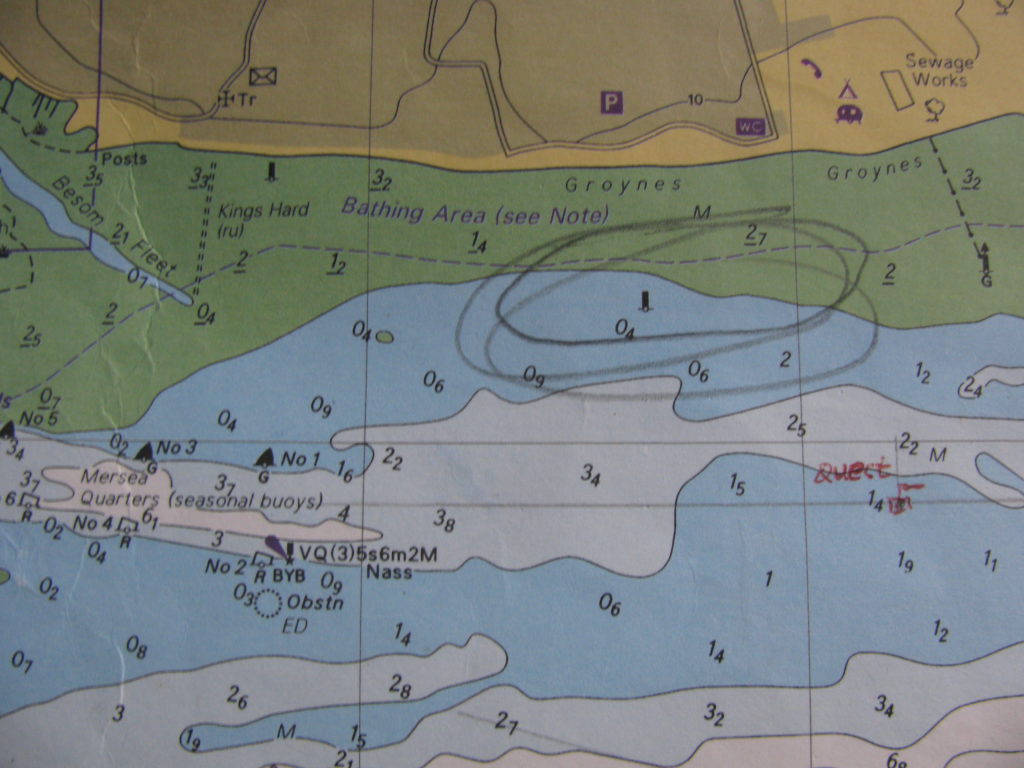
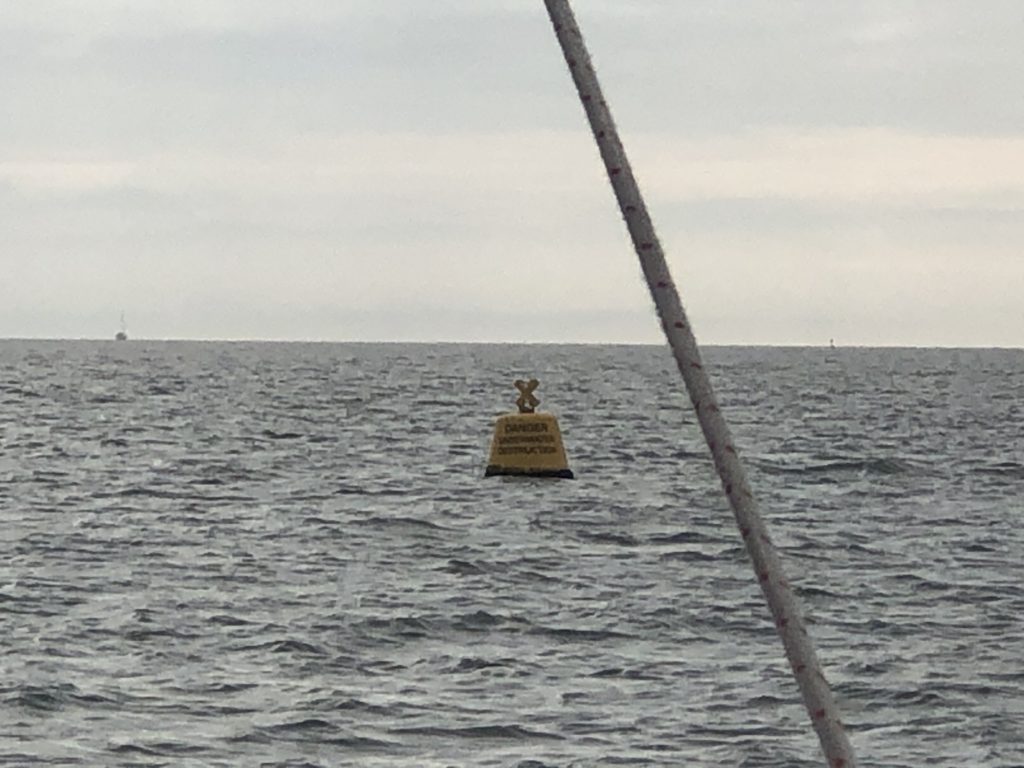
The native oyster has been around a jolly long time and ‘all’ shell finds in Roman (greater consumers), centuries before and after up to the disasters of the last century are of this family.
The much more widely consumed oyster now is the ‘Pacific’ which was imported to restock after the devastations following big freezes – 1963 especially which proved pivotal.
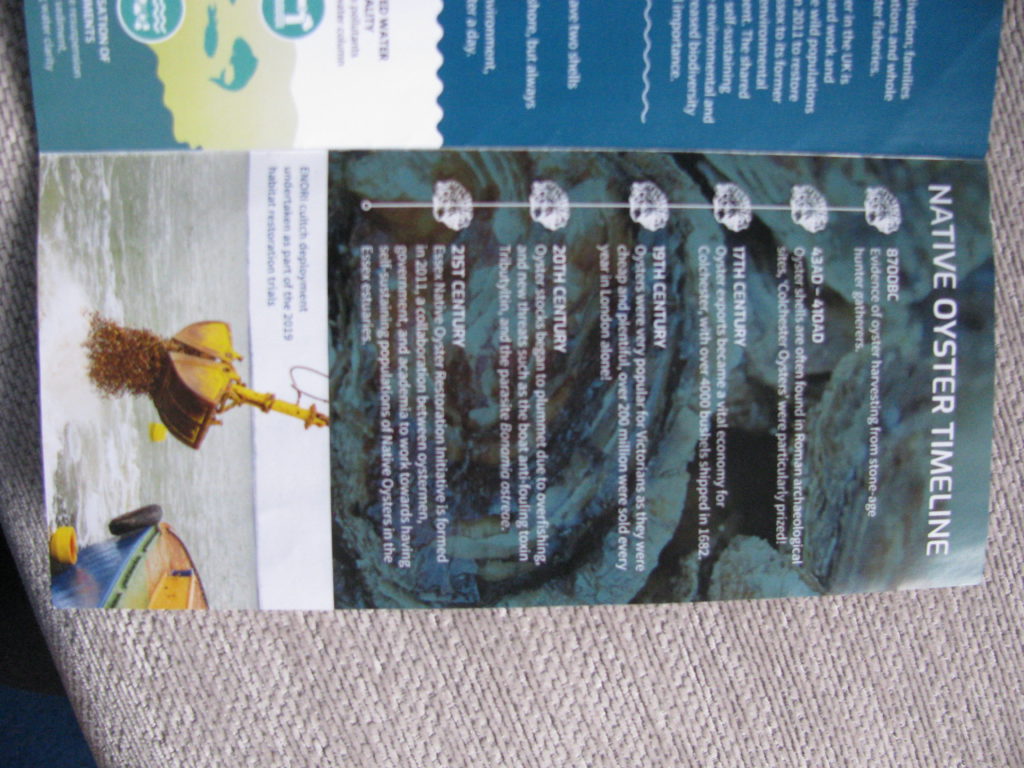
The first layings of culch – the fragmented oyster particles that the spat clings to – have been made. This bank will be fed spat and young oysters and farmed in the traditional manner.

The chap I chatted to was not only very knowledgeable but was also extremely passionate with the project. It was a great chat.
So, if you haven’t picked up on your chart corrections and marked up the ‘oyster box’ then it might be wise to do so!
And, if a lover of oysters, perhaps in the years to come, the good old native will slip down with a pint or two…
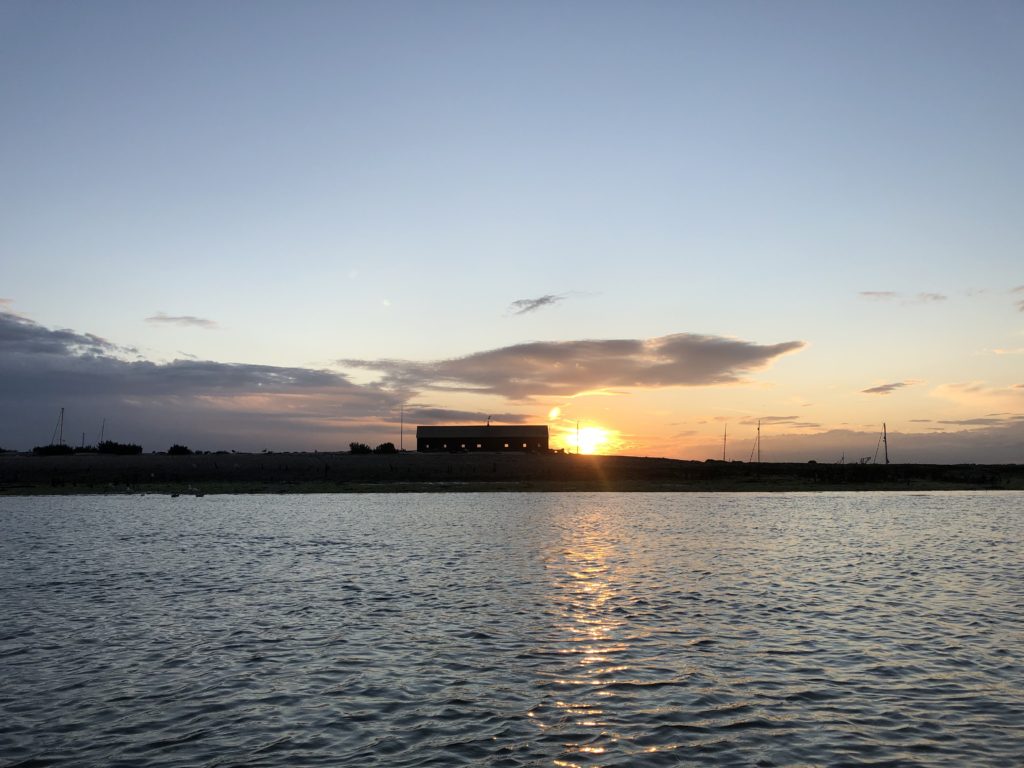
The old packing shed lives on, on Packing Marsh Island, however, the island itself is in a precarious state. Its survival appears to be at the behest of ‘regular’ discharges of shingles on its shores. I could clearly see huge degradation from my previous visit to the area two seasons ago.
I feel the native oyster has a better chance of survival…
